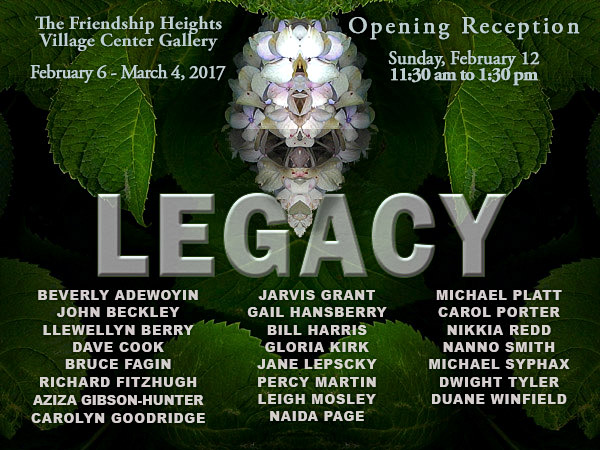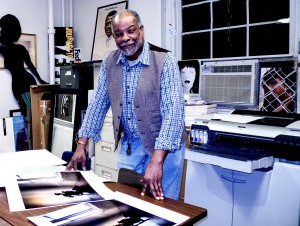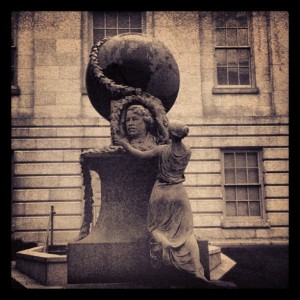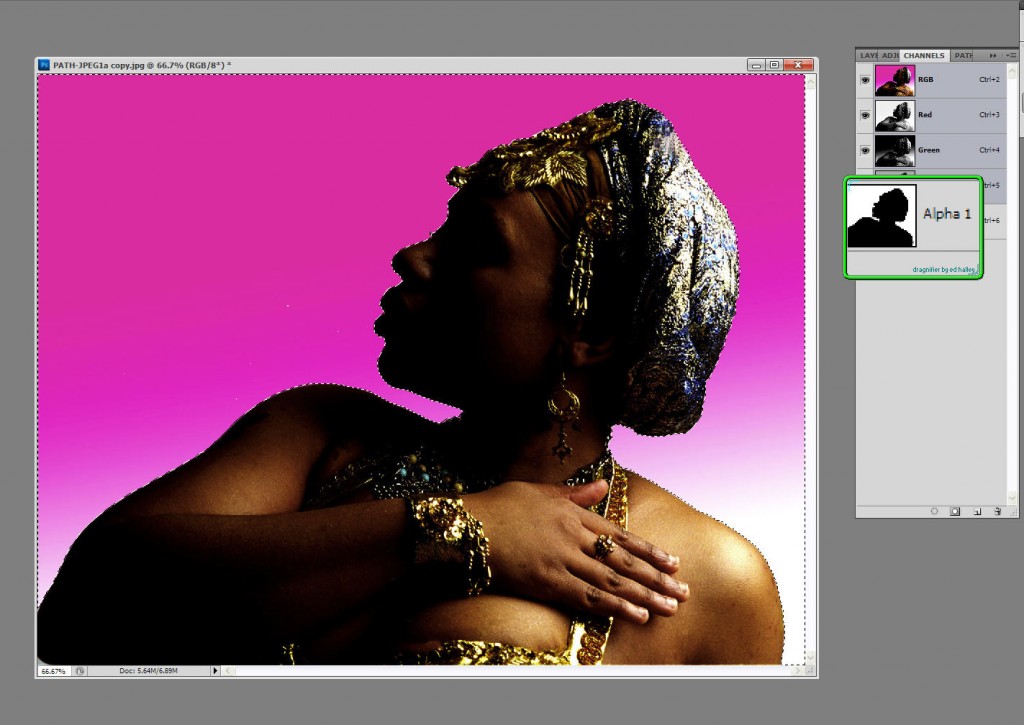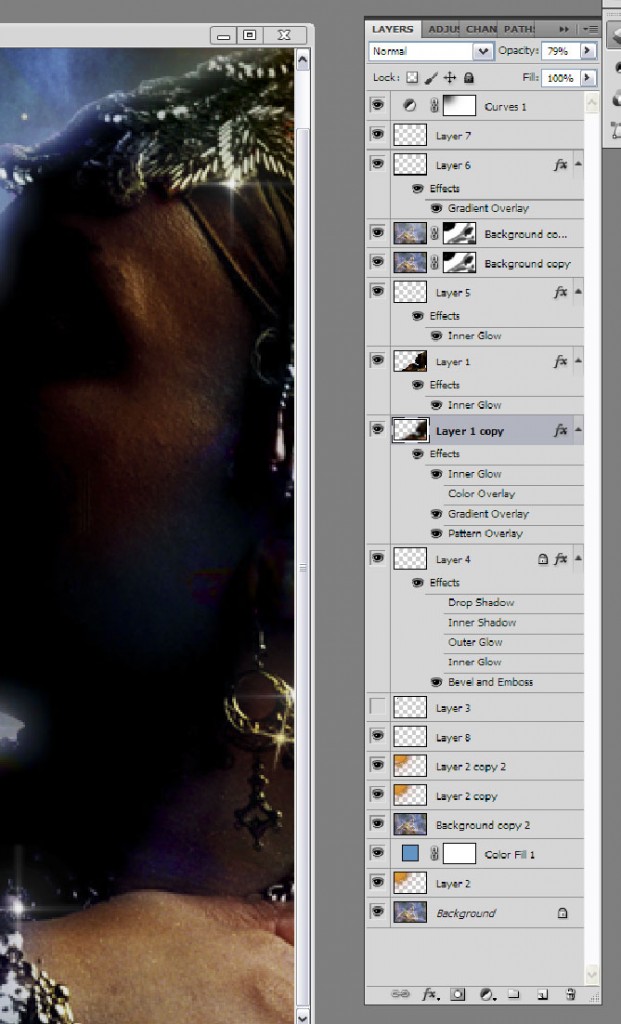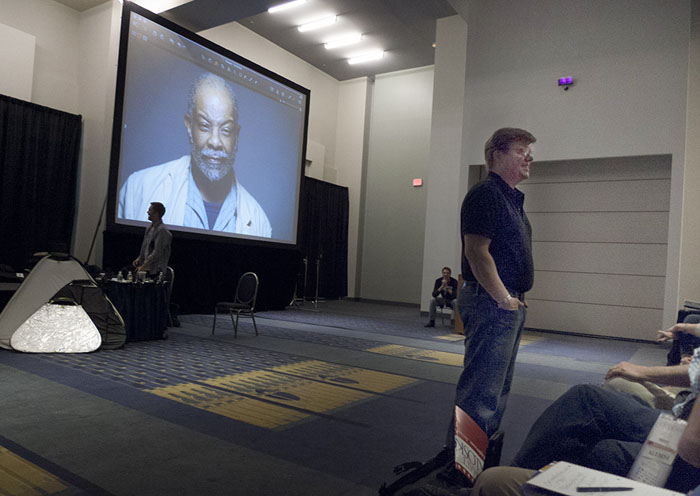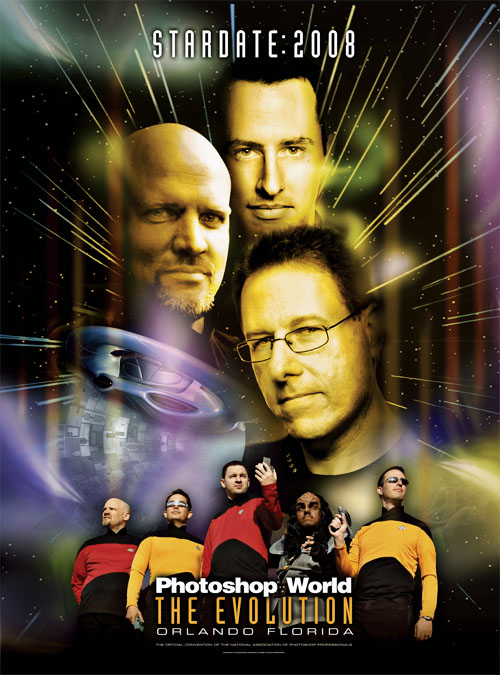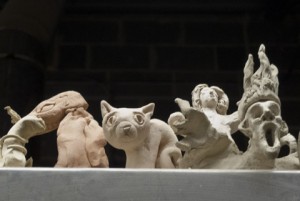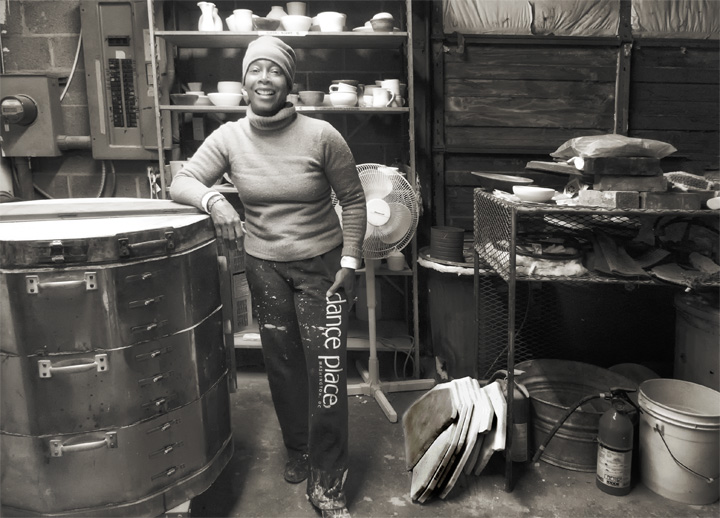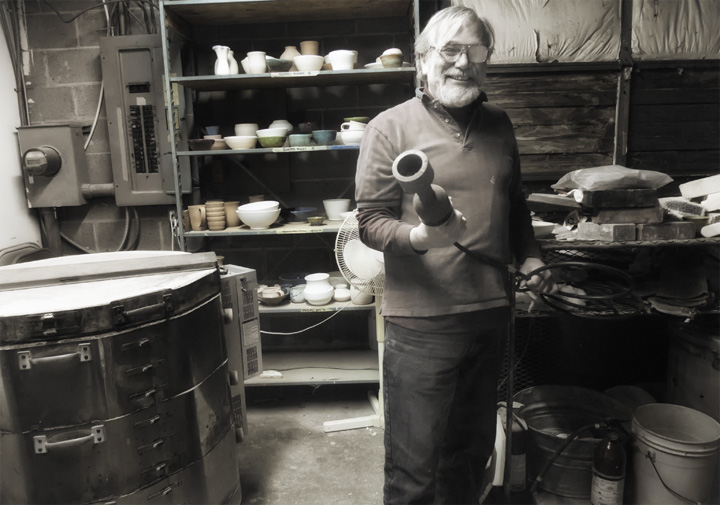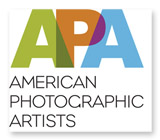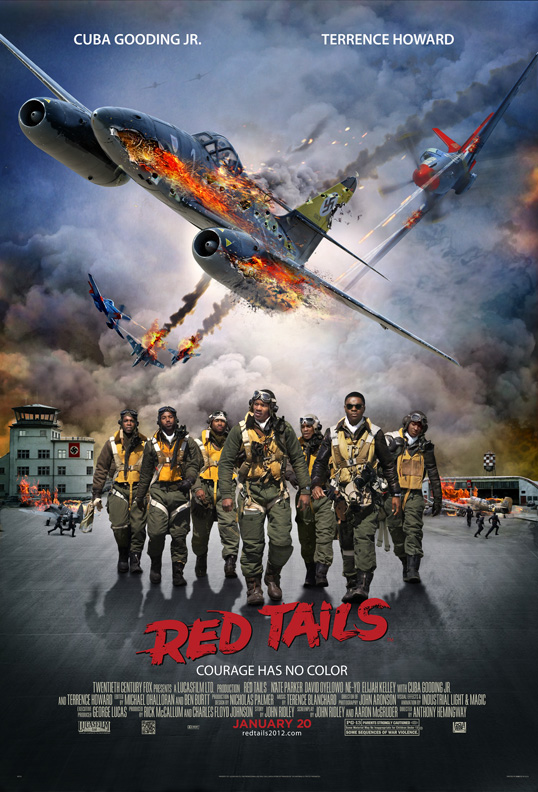
Lucasfilm's Red Tail Movie Poster. ©2011 Lucasfilm
There has been quite a bit of hoopla about the George Lucas movie, Red Tails. Much of the “controversy” is the idea of a white guy telling a black man’s story. The odd thing is that it has taken sixty nine years for somebody to tell the story of the Tuskegee Airmen in a major way. There is so much to recount about these guys, that it will take more than one telling to get it all out in a meaningful way. Actually, there are so many untold stories and myths about World War II and the participation of African Americans that have yet to told. But ya know, there’s something about the heroic romanticism of fighter pilots that is just hard to beat!
When I was a kid in high school, I was really into WWII aviation. I knew all the planes of the major players and of both theaters. The idea of “living in fame or going down in flame” was still exciting to a young man who knew nothing about the meaning of Life. But, hey I loved it. I also didn’t realize that I “never” saw one black face in all the pictures in the books I read nor the movies I saw. With movies in particular, I never saw a heroic black man portrayed. Well that’s not totally true. I did see one in the Humphrey Bogart movie Sahara, Sergeant Major Tambul played by Rex Ingram. Check it out.
When I graduated from Howard University in 1974, and was set on the path of “On Going Life Learning”, I ran into my first instance of the Tuskegee Airmen. My first thoughts were, “Man, why didn’t I know about these guys?!” Then I remembered, , “Oh yeah, that’s right, they were Black!” Out of sight and out of mind. Well I won’t dwell on that aspect of Americana, but I did find out about Benjamin O. Davis, Jr and his dad, Benjamin O. Davis, Sr., the first African American general in the US Army. The junior General Davis was the commander of the first all-black air unit, the 99th Pursuit Squadron. His service was stellar as a military commander, civil right activist, and statesman. The latter two aspects more covertly. Check out the link to learn more.
Okay, now it’s 1992 and Howard University is honoring the Tuskegee Airman with a special art exhibit and reception, honoring General Benjamin O. Davis, Jr. So I’m thinking, one of my newly found heroes is coming to the building were I work! Really!? I got to get a real photograph. Not a snapshot, I mean a real portrait. Ya know, one of the things I learned as a Professor of Art at Howard University, is that if you want to really get something done, don’t ask permission to do it! Just do it. Okay, so on the day of the reception I setup an impromptu studio in the Art Gallery’s storage space, and waited for Gen. Davis. Man, I was really nervous. Now, I’ve photographed many famous people, but this was a personal hero, and an unauthorized event. I was pretty scared! The moment came when the General walk into the Gallery, low key and laid back. I approached him and asked for the opportunity of a quick shot and he agreed. As I snapped away with my Hasselblad, I ran on hoping to impress with my knowledge of WWII aviation and the Airmen. He seemed to be amused by this “kid”. What a moment!
General Davis was a warm and very charming guy. I can’t remember what I must have said when he fell into his warrior moment. I got it and present it now. Right after this exposure, he went back to his smiling charming self. Yet in that moment, I could hear the roar of those American North American P-51’s and German Messerschmitt Bf 109’s and at the war’s end the Messerschmitt Me 262, the first combat jet aircraft. Just think about it, those Black pilots flying and kicking ass in their prop (propeller) P-51’s against jets. Man oh man, those cats could really fly!
Well, here’s the shot of Gen. Benjamin Otis Davis Jr.. Thanks General for opening yet another door of opportunity, and being a hero on so many fronts. A real Ace!
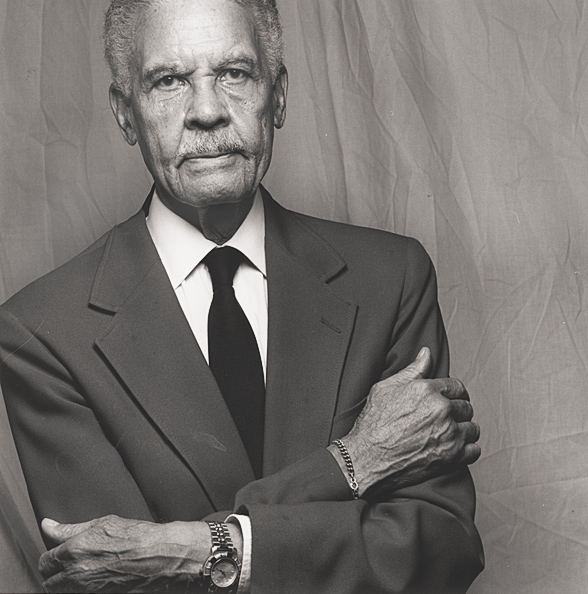
Portrait of the Commander of the "Red Tails", Benjamin O. Davis , Jr. ©Jarvis Grant
